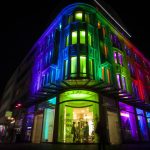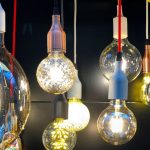Optimizing Plant Growth: Discovering the Best Color for LED Lights

As the world population continues to grow, the demand for food and resources increases, and so does the need for efficient and sustainable methods of agriculture. One approach that has gained popularity in recent years is indoor farming, which offers year-round crop production, reduced water usage, and lower transportation costs. However, indoor farming requires artificial lighting systems to provide the necessary light for plant growth. LED lights have become a popular choice due to their energy efficiency and long lifespan, but choosing the right color spectrum for optimal plant growth remains a challenge. LED lights come in a wide range of colors, each with its own unique wavelength and intensity. Plants respond differently to various colors of light, with some colors promoting growth and others inhibiting it. The right spectrum of light can boost plant growth, enhance flower and fruit production, and even improve the nutritional value of crops. Therefore, finding the optimal color for LED lights is crucial for indoor farming to be effective and sustainable in the long run. In this article, we will explore the science behind plant growth and the effects of different colors of light on plants, as well as discuss the current research on optimizing plant growth using LED lights.
Light is an essential factor in plant growth and development, as it drives photosynthesis and affects various physiological processes. The wavelengths of light that plants absorb play a critical role in determining how efficiently they can photosynthesize, produce chlorophyll, and regulate their growth and development. The intensity and duration of light exposure also impact plant growth and can affect the timing of flowering, fruiting, and other developmental stages. Therefore, optimizing the light environment for plants is crucial for maximizing their yield, quality, and overall health. The use of LED lights in indoor plant cultivation has become increasingly popular due to their energy efficiency, longevity, and flexibility in providing specific wavelengths of light. By understanding the importance of light in plant growth, growers can fine-tune their lighting systems to achieve optimal results.
Understanding the Role of Light in Plant Growth
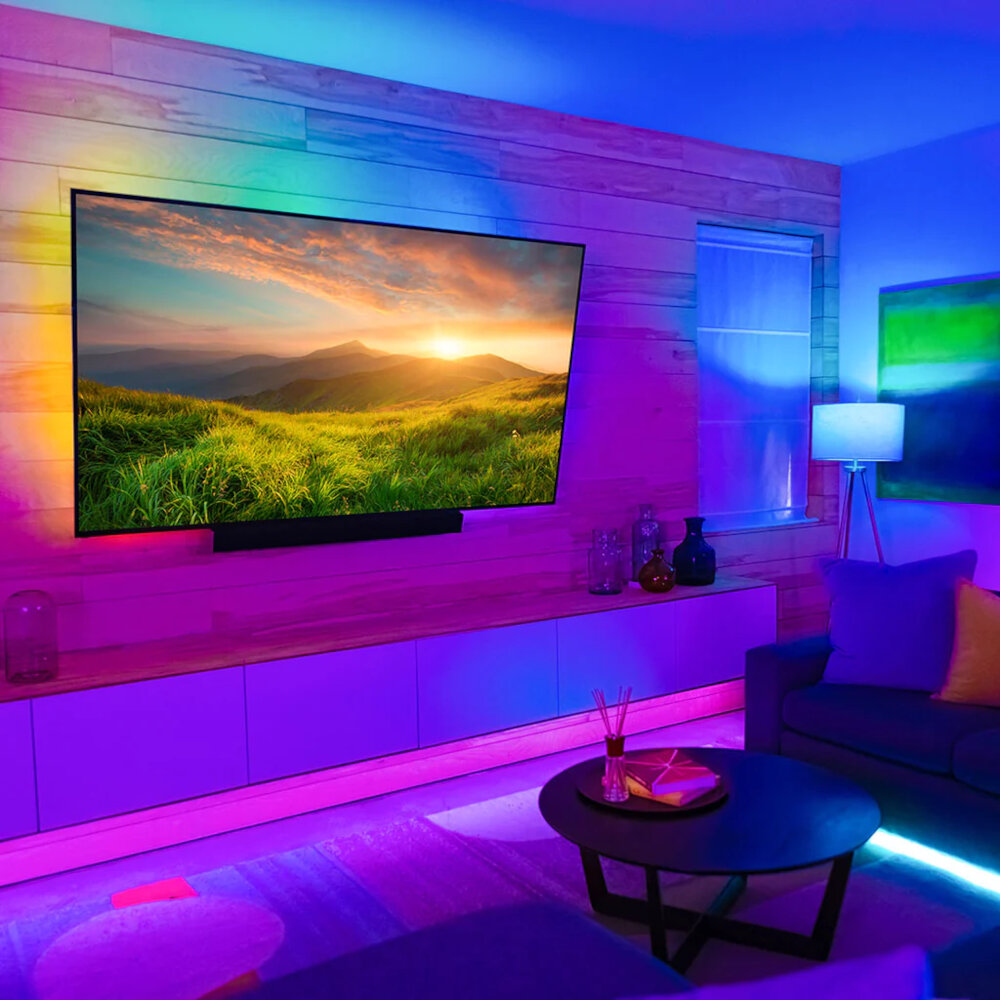
Light is an essential factor in plant growth. It plays a crucial role in photosynthesis, a process through which plants produce their own food. The process involves the conversion of light energy into chemical energy used in the production of glucose, a type of sugar that the plant uses as a source of energy. Without light, plants cannot carry out photosynthesis, and they will eventually die. However, not all types of light are suitable for plant growth. There are specific wavelengths of light that plants require for optimal growth, and these are mainly in the blue and red spectrum. Blue light stimulates vegetative growth, while red light promotes flowering and fruiting. When it comes to optimizing plant growth, understanding the role of light is crucial. Light-emitting diodes (LEDs) have revolutionized the way plants are grown indoors. Unlike traditional lighting sources, LEDs emit light in specific wavelengths that can be customized to meet the specific needs of plants. By using the right combination of blue and red light, it is possible to achieve optimal plant growth and yield. Additionally, LEDs emit less heat than traditional lighting sources, making them ideal for indoor gardening. With the right LED lighting setup, it is possible to grow a wide variety of plants indoors, from herbs to vegetables and even fruits.
Photosynthesis is one of the most important processes for plants, as it allows them to convert light into energy. When light hits a plant, it is absorbed by pigments called chlorophylls, which are found in the leaves. The chlorophylls then use the energy from the light to break down water molecules and release oxygen, while also producing glucose for the plant to use as food. Different colors of light have different wavelengths, and plants have evolved to use specific wavelengths of light for photosynthesis, with red and blue light being the most effective. By optimizing the color and intensity of LED lights used for indoor plant growth, it is possible to improve photosynthesis and promote healthy plant growth.
Light is essential for plant growth, as it is the primary source of energy for photosynthesis. Different wavelengths of light have varying effects on plant growth and development. Blue light, for example, is essential for promoting vegetative growth, while red light is crucial for flowering and fruiting. Green light has little effect on plant growth, while ultraviolet light can be harmful in high doses. By understanding the effects of different wavelengths of light on plant growth, we can optimize the use of LED lights to enhance plant growth and increase yield. Through careful selection and manipulation of light wavelengths, we can create the ideal growing environment for plants, providing the perfect balance of energy and nutrients they require to thrive.
Color plays a crucial role in plant growth as each color of the spectrum has a specific effect on plant development. For instance, blue light stimulates plant growth, making it an essential factor in photosynthesis and chlorophyll production. Red light, on the other hand, promotes flowering, fruiting, and seed production. Green light has the least effect on plant growth as plants reflect it, making it a less effective source of energy. By understanding the effects of different colors on plant growth, we can optimize plant growth by providing the right balance of colors through LED lights. This can lead to faster growth, increased yields, and healthier plants, making it a vital aspect of modern agriculture.
Benefits of LED Lights for Plant Growth
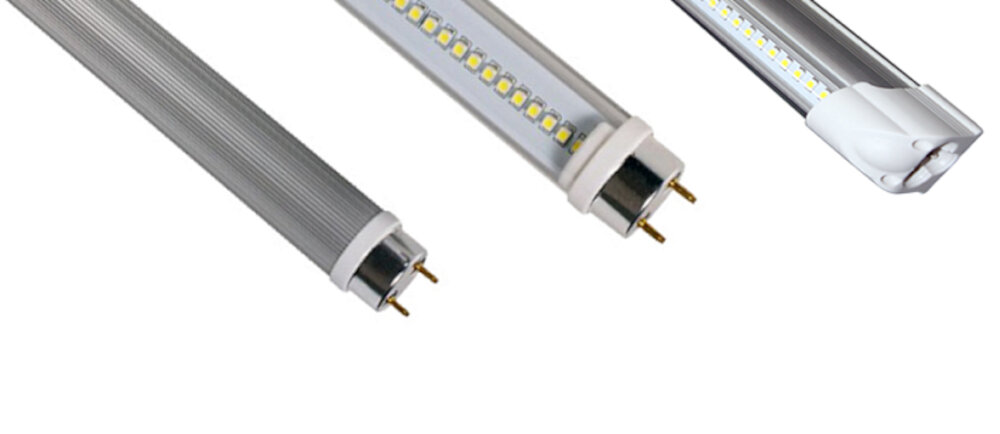
LED lights have revolutionized the way we approach indoor gardening. One of the most significant benefits of using LED lights for plant growth is their energy efficiency. LED lights consume less energy than traditional lighting systems, making them a more sustainable and cost-effective option. They also emit less heat, which means that they can be placed closer to plants without causing damage. This is particularly important for indoor gardening, where space is limited, and plants need to be grown in a confined area. Another advantage of LED lights for plant growth is that they can be customized to provide the optimal light spectrum for different stages of plant growth. Plants require different wavelengths of light at different stages of their growth cycle. For example, blue light is essential for vegetative growth, while red light is crucial for flowering and fruiting. By using LED lights, growers can manipulate the light spectrum to provide the optimal wavelengths for their plants at each stage of growth. This not only improves plant growth and yield but also reduces the time needed to bring plants to maturity, making indoor gardening more efficient and productive.
Energy efficiency and cost-effectiveness are two of the most important factors in choosing the right lighting for plant growth. LED lights have become increasingly popular due to their exceptional energy efficiency and long lifespan. Compared to traditional lighting sources, such as fluorescent and incandescent bulbs, LEDs use up to 75% less energy and can last up to 25 times longer. This means that not only do LED lights consume less energy, but they also require less frequent replacements, making them a cost-effective option in the long run. Additionally, LED lights can be customized to emit specific wavelengths of light, which can be tailored to the specific needs of plants during different stages of growth. By optimizing the wavelength of light, plant growth can be maximized while minimizing energy consumption and costs.
When it comes to growing plants indoors, LED lights have emerged as a great alternative to natural sunlight. With the ability to customize the spectrum of light emitted, LED lights can be tailored to suit the specific needs of different plant species. This is because different plants require different wavelengths of light for optimal growth and development. For example, blue light promotes vegetative growth, while red light is essential for flowering and fruiting. By adjusting the combination of blue, red, and other colors in LED lights, growers can create the perfect lighting environment for their plants, resulting in healthier and more vigorous growth. The customizability of LED lights has revolutionized indoor gardening and made it possible for plants to thrive in any environment, regardless of the available natural light.
When it comes to indoor plant lighting, minimal heat emission and safety are paramount. LED lights are ideal for indoor use because they emit minimal heat and are safe to use around plants. Unlike traditional lighting sources, LED lights convert most of the energy they consume into light, rather than heat. This not only makes them more energy-efficient, but it also means that they won’t damage your plants or pose a fire hazard. Additionally, LED lights don’t contain any harmful chemicals or emit harmful UV rays, making them safe for both the environment and your home. So, when it comes to optimizing plant growth, LED lights are the clear choice for those seeking minimal heat emission and safety.
Finding the Best Color for LED Lights
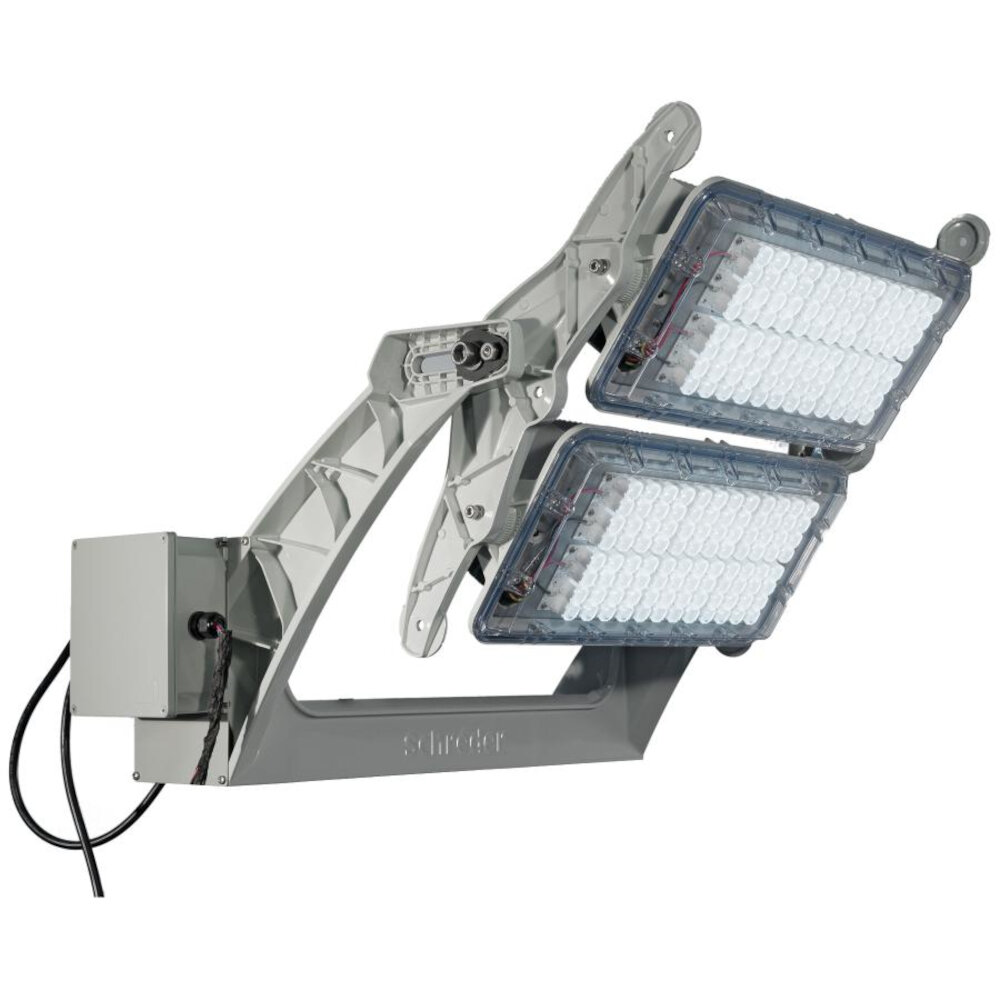
The color of LED lights plays a vital role in optimizing plant growth. While there are numerous colors available, finding the best one can be a challenging task. The right color of LED light is essential for ensuring that plants receive the right amount of light energy, which in turn affects their growth and development. Different colors of LED lights have different wavelengths, and each wavelength impacts the plants differently. For example, blue light stimulates vegetative growth, while red light is essential for flowering and fruiting. Therefore, finding the perfect balance of colors is crucial for maximizing plant growth and yield. To find the best color for LED lights, it is important to understand the specific needs of each plant species. The color of light required for optimal growth can vary from one plant to another, so it is crucial to research the plant’s specific needs before selecting an LED light color. Additionally, the plant’s growth stage also determines the best color of light required. For example, blue light is ideal for promoting vegetative growth, while red light is essential for flowering and fruiting. Therefore, it is essential to choose the appropriate color of LED light for each growth stage to ensure the best possible results. Ultimately, finding the best color for LED lights requires careful consideration of the plant species, growth stage, and specific light requirements to achieve optimal plant growth and yield.
The impact of different LED light colors on plant growth has been a subject of interest for researchers for quite some time now. In recent years, several studies have been conducted to determine the effects of different light colors on plant growth, and the results have been fascinating. Some research findings suggest that red and blue light wavelengths promote plant growth and development, while green light has minimal effect on photosynthesis, and yellow light may even inhibit it. However, the ideal light spectrum for plant growth may vary depending on the plant species, growth stage, and environmental conditions. As a result, more research is needed to optimize LED lighting for plant growth and maximize crop yield.
Chlorophyll and other pigments are crucial components for plant growth, as they play a vital role in the process of photosynthesis, which is the primary source of energy for plants. Chlorophyll is a green pigment that helps plants absorb light energy from the sun and convert it into chemical energy. Other pigments, such as carotenoids and anthocyanins, are responsible for giving plants their varying colors and can also aid in light absorption. By understanding the role of these pigments, researchers can optimize plant growth by utilizing specific wavelengths of light that are most effective in promoting photosynthesis and overall plant health.
When choosing LED light colors for specific plants, there are several factors to consider. Firstly, the plant’s growth stage and light requirements should be taken into account. Different plants have varying light needs, and choosing the right light color can significantly impact their growth and development. Secondly, the plant’s natural environment and the amount of natural light it receives should be considered. Thirdly, the type of LED light and its intensity should also be evaluated. The color spectrum of LED lights ranges from red to blue, and each has its benefits. Red lights are ideal for flowering plants, while blue lights promote vegetative growth. Fourthly, the size of the plant and the space it occupies should also be considered. In summary, the right LED light color for specific plants depends on various factors, and it is essential to get it right for optimal growth and yield.
Implementing LED Lights for Maximum Plant Growth
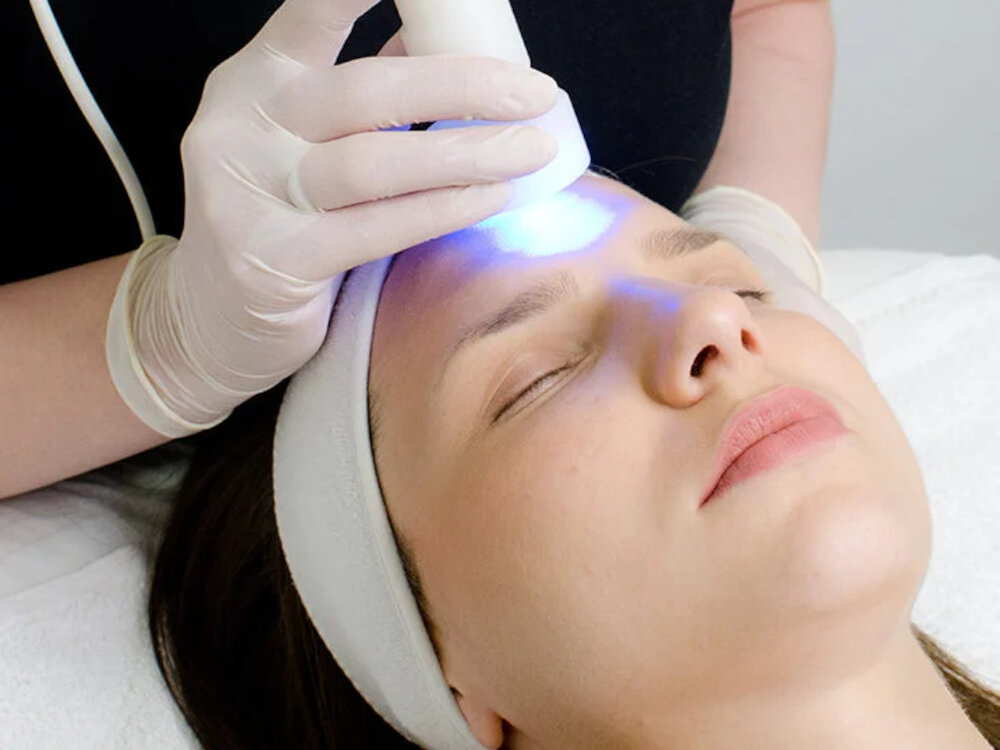
When it comes to optimizing plant growth, implementing LED lights can be a game-changer. In recent years, LED technology has become increasingly popular in indoor gardening due to its energy efficiency, long lifespan, and ability to emit specific wavelengths of light. By using LED lights, growers can tailor the light spectrum to meet the specific needs of their plants, ultimately leading to maximum growth and yield. One important factor to consider when using LED lights for plant growth is the color spectrum. Different colors of light have different effects on plant growth and development. Blue light, for example, promotes vegetative growth and is essential for seedling development, while red light promotes flowering and fruiting. By using a combination of blue and red LED lights, growers can provide a well-rounded light spectrum that will promote all stages of plant growth. Additionally, some growers may choose to incorporate other colors of light, such as green or yellow, to enhance certain aspects of plant growth, such as leaf size or pigment production. By understanding the effects of different colors of light on plant growth, growers can fine-tune their LED lighting system to achieve maximum plant growth and yield.
When it comes to setting up LED lights for optimal plant growth, there are several factors to consider. First and foremost, it is important to choose the right color spectrum of LED lights. Blue light is best for promoting vegetative growth, while red light is ideal for encouraging flowering and fruiting. It is also important to position the lights at the correct distance from the plants, as too close can cause damage and too far can result in insufficient light. Additionally, the duration of light exposure should be carefully monitored, as different plants require varying amounts of light. Finally, it is important to ensure that the LED lights are of high quality and provide sufficient wattage to meet the needs of the plants. By taking these factors into consideration, you can optimize plant growth and achieve the best results with LED lights.
When it comes to placing and timing LED lights for optimal plant growth, there are a few best practices to keep in mind. First, it’s important to ensure that the lights are positioned at the correct height and distance from the plants to provide adequate coverage without causing any damage. Secondly, the timing of the lights should be carefully considered depending on the specific needs of the plants being grown. Some plants may require longer periods of light exposure, while others may benefit from periods of darkness to encourage healthy growth. Additionally, choosing the right color spectrum for your LED lights can make a big difference in the growth and development of your plants. By following these best practices, you can help to ensure that your plants receive the optimal lighting conditions for healthy and robust growth.
Monitoring and adjusting LED lights for plant growth success is a crucial aspect of indoor gardening. The color of the light emitted by the LED lights plays a vital role in determining the growth of the plants. The blue light spectrum promotes vegetative growth, while the red light spectrum encourages flowering and fruiting. It is essential to adjust the LED lights according to the growth stage of the plant to ensure optimal growth. Too much or too little light can cause stunted growth or even damage the plant. By monitoring the light intensity, duration, and spectrum, gardeners can achieve the best possible results in their indoor gardens.
LED lights have revolutionized the way we grow plants indoors. These lights are not only energy-efficient but also emit a range of wavelengths that are ideal for photosynthesis. The most significant advantage of using LED lights for plant growth is that they emit the required light spectrum that plants need for photosynthesis. This means that they can help plants grow faster, stronger, and healthier. LED lights also produce less heat, which means that they can be placed closer to plants without burning them. Additionally, they can be customized to produce different colors and intensities, allowing growers to tailor the light to the specific needs of their plants. All of these benefits combined make LED lights a popular choice for indoor plant growth.
When it comes to optimizing plant growth, choosing the correct LED light color is crucial. Different colors of light have varying wavelengths and are absorbed by plants in different ways. For example, red light is absorbed more efficiently by chlorophyll and is essential for photosynthesis, while blue light helps regulate plant growth and development. Using the wrong color of LED light can cause stunted growth and poor yields. It is important to consider the specific needs of the plant being grown and select the appropriate LED light color to maximize growth and ensure healthy, thriving plants.
Implementing LED lights for plant growth can significantly optimize the growth and yield of plants. The right color temperature and spectrum of LED lights can promote photosynthesis, ensuring that the plants receive the right nutrients to grow. LED lights are energy-efficient and long-lasting, offering an economical solution for plant growers. Furthermore, LED lights emit less heat, which reduces the risk of damage to the plants. With the help of LED lights, plant growers can have complete control over the lighting conditions and adjust the light spectrum according to the plant’s specific needs. This not only saves energy but also increases the plant’s growth rate and yield, leading to successful plant growth.
Conclusion
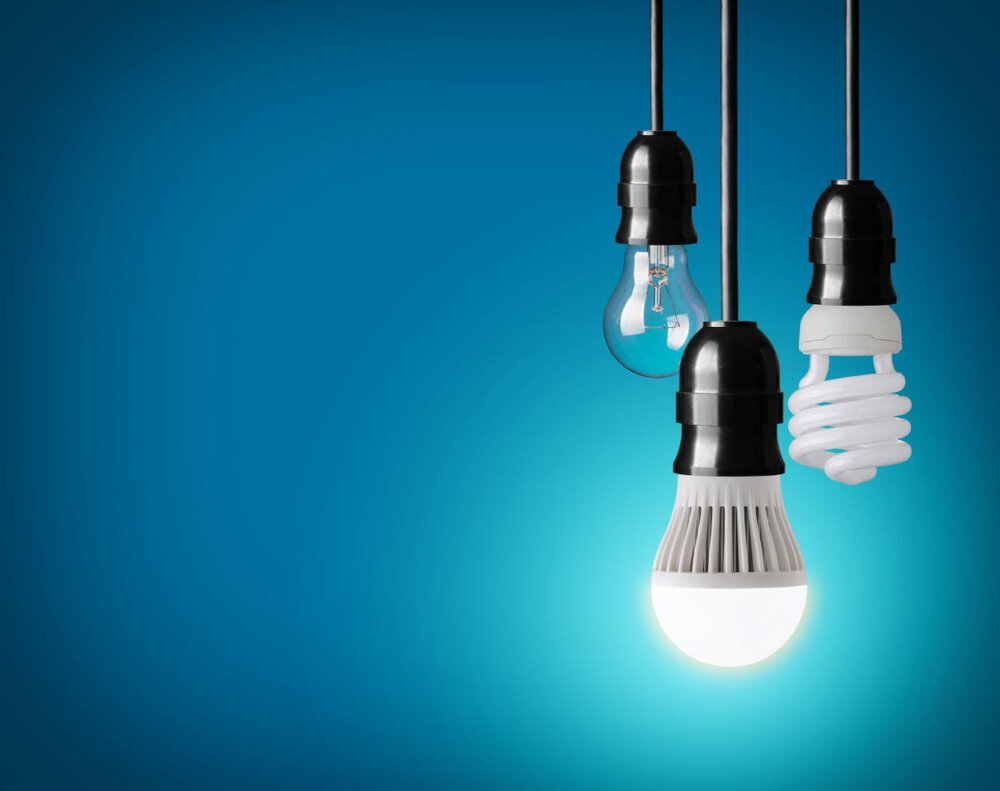
In conclusion, the color of LED lights plays a critical role in optimizing plant growth. Through research and experimentation, it has been discovered that certain colors, such as red and blue, have a significant impact on photosynthesis and other plant processes. However, the most effective color for LED lights may vary depending on the type of plant and the specific growth stage. It is important to consider factors such as light intensity, duration, and spectrum when choosing the best LED light for plant growth. With further research and development, LED technology has the potential to revolutionize the way we cultivate plants and increase agricultural productivity.

